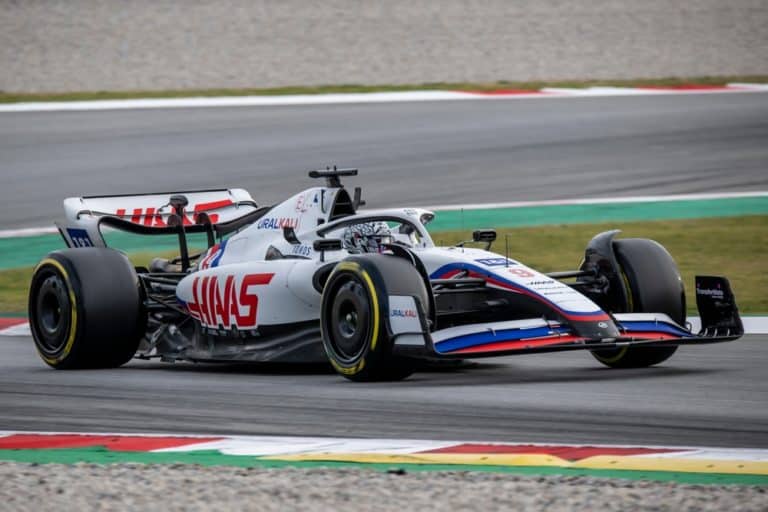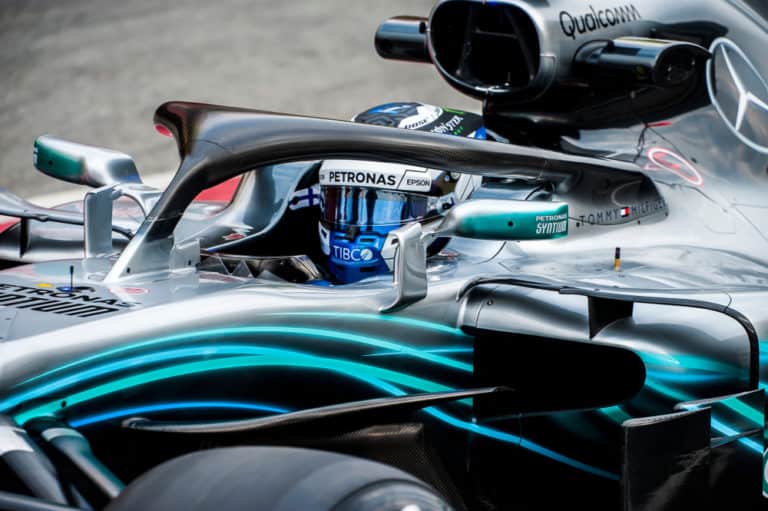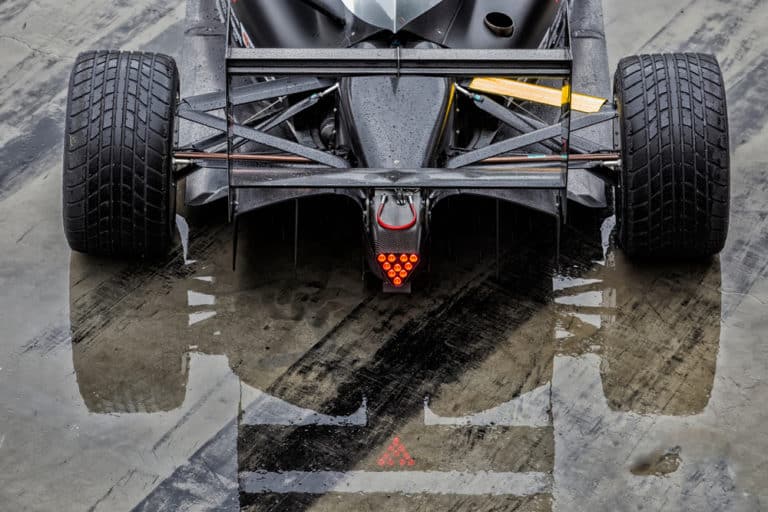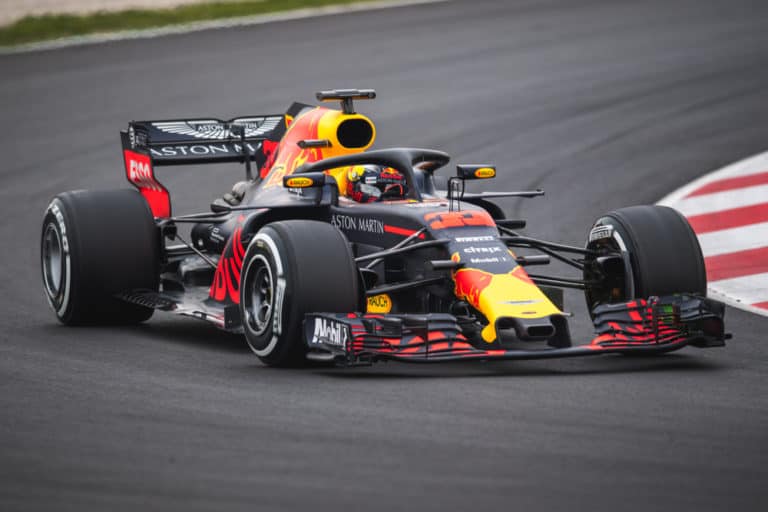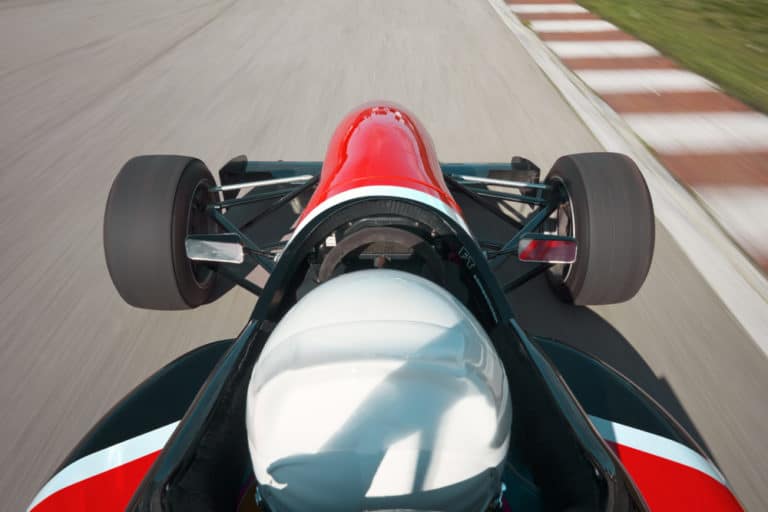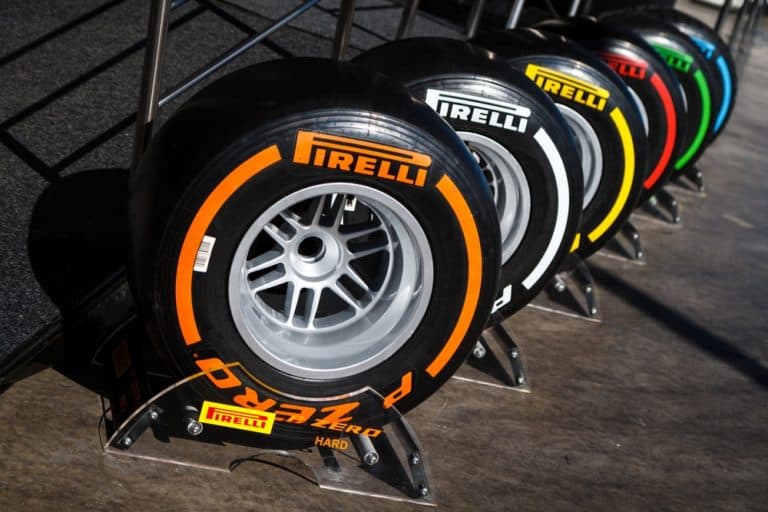Given the speed that Formula One vehicles achieve, the lightweight materials used in vehicles, and the various track conditions to which vehicles may be exposed, it’s no surprise that they are exposed to extreme heat. But just how hot is an F1 cockpit?
The cockpit of a Formula One vehicle, subject to weather and track conditions, usually exceeds 112 degrees Fahrenheit. This extreme heat means that drivers and vehicles are equipped with advanced technology so as to not place the vehicle or the driver in a dangerous situation.
The heat of a Formula One vehicle is subject to various factors. These factors are a result of both the production of power produced by a Formula One engine that heats up the cockpit and external track conditions. Let’s explore these factors below!
If you’re looking for some F1 merchandise, check out the awesome stuff at the official F1 store here.
Why Is A Formula One Cockpit So Hot?
Formula One vehicles are designed for speed, not comfort. This philosophy alone is the primary reason that the cockpit of a Formula One vehicle experiences the levels of heat that it does during driving sessions.
Like other motor vehicles, Formula One vehicles rely on a combustion engine and propulsion system in order to achieve momentum.
The primary difference between regular vehicles and Formula One vehicles is the need for Formula One vehicles to achieve unparalleled top speeds, acceleration, and braking times, all of which contribute to large amounts of heat that need to be dissipated.
While not all heat is dissipated via the cockpit, and there exist various methods by which heat from a Formula One vehicle is cooled, the following statistics indicate why the heating of a Formula One cockpit is inevitable:
- Depending on the grade of tires being used, Formula One tires are operational at about 200F and may exceed this amount prior to their replacement at a pit stop.
- The brakes of a Formula One vehicle are only operational once they exceed 390F. During periods of hard braking, Formula One breaks can exceed 1800F! Overall, the average temperature of Formula One Brakes is about 930F.
- A Formula One vehicle’s exhaust gasses and exhaust pipes emit temperatures between 1700 and 1800F.
- The instantaneous temperature of the gas at the point of combustion for a Formula One vehicle can exceed 4700F or half the heat as the sun’s surface!
- Further auxiliary components such as the Turbocharger and Energy store further increase the temperature produced by a Formula One vehicle.
Due to the cockpit of a Formula One car being closely situated to the components which produce this extreme heat and its compact design, it’s unsurprising that drivers can experience temperatures of over 122F during a session.
The need for downforce also means that cockpits are exponentially low to the ground. This results in further heat being generated, as the bottom of the cockpit is exposed to plate scraping and the friction of air underneath the driver’s seat.
Couple this with the hot air that drivers will experience when following cars in front of them, and it is clear to see why the nature of the sport and the design of the vehicles results in extremely hot temperatures being reached in a Formula One vehicle.
A second consideration when looking at the temperatures of Formula One cockpits is track and weather conditions.
Track And Weather Conditions
Since Formula One is a year-round, global sport. Formula One vehicles will be exposed to a variety of track and weather conditions, resulting in increased heat in the cockpits of these vehicles.
An example of a Grand Prix which sported high temperatures for Formula One vehicles was the Singapore Grand Prix in 2019 when temperatures exceeded 87F with a humidity of over 80%.
This meant that the cockpits of the vehicles on race day, even though it was a night race, were found to have exceeded 140F; this is hotter than an average sauna!
Further to the weather conditions, the track conditions at Singapore with numerous sharp corners and short straights require hard braking and rapid acceleration, which in turn can lead to increased heat from the engine and brakes.
Coupled with increased downforce to compensate for braking and allow vehicles to maintain their grip, there is an increased risk of plate scraping, resulting in further heat distribution through the cock pit.
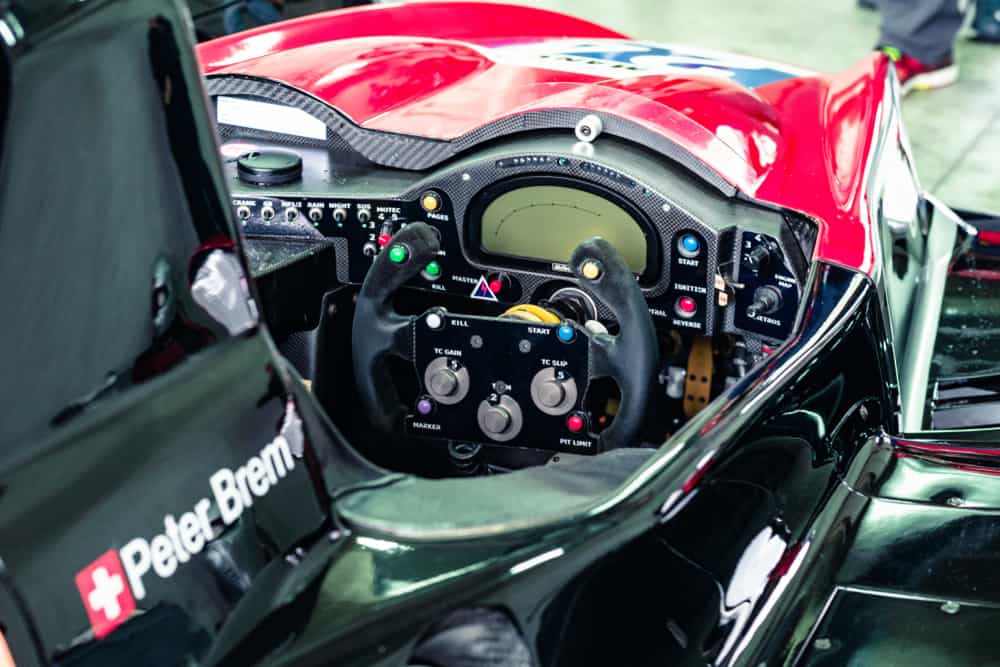
How Do Drivers And Vehicles Counter High Temperatures?
To lower their temperatures, drivers will remain in the shade, wear cooling vests, and utilize ice baths in-between driving sessions.
However, during a race, there is little a driver can do other than stay hydrated via the drinking mechanisms installed in their vehicles, open their visor to allow for improved airflow or rely on their driving equipment which provides some heat resistance.
For a further discussion on how and why Formula One drivers manage heat during race weekends, the following link provides access to WTF1’s YouTube video on “how Do F1 Drivers Stay Cool In REALLY Hot Temperatures?”:
Formula One vehicles themselves have methods to remain operational during high temperatures. These cooling systems can be technological, such as using innovative radiators, advanced materials, or coolant chemicals, as well as design-focused.
Aerodynamic cooling is an example of Formula One vehicles utilizing design to improve cooling. This includes a variety of inlet and duct designs on the front of Formula One vehicles and further vents, louvers, and side pods.
All these design components help to redirect the flow of hot air experienced exerted on the vehicle externally and as a result of following other vehicles during a driving session.
Conclusion
Formula One vehicles are subject to extreme heat due to the engineering needed to achieve maximum performance, track conditions, weather conditions, and the nature of the sport, which contribute to following heat and plate scraping.
As such, Formula One engineers and team managers need to ensure that the components of a Formula One vehicle, driver accessories, and team strategies remain updated to mitigate any damages caused by heat and produce optimal results.
References
- https://www.youtube.com/watch?v=Pz-v4MFiMdo
- https://flowracers.com/blog/how-f1-drivers-stay-cool/
- https://www.mclaren.com/racing/inside-the-mtc/take-a-brake-1137856/
- https://www.mclaren.com/racing/inside-the-mtc/f1s-fantastical-facts/
- https://www.formula1.com/en/latest/article.fight-night-why-brutal-singapore-gp-pushes-drivers-to-the-limit.6CWlvmuJZnPFm9KbBE0Zzk.html
- https://www.quora.com/How-hot-can-it-get-inside-an-F1-car-cockpit
- https://www.racecar-engineering.com/tech-explained/f1-tech-explained/tech-explained-f1-aerodynamic-cooling/

